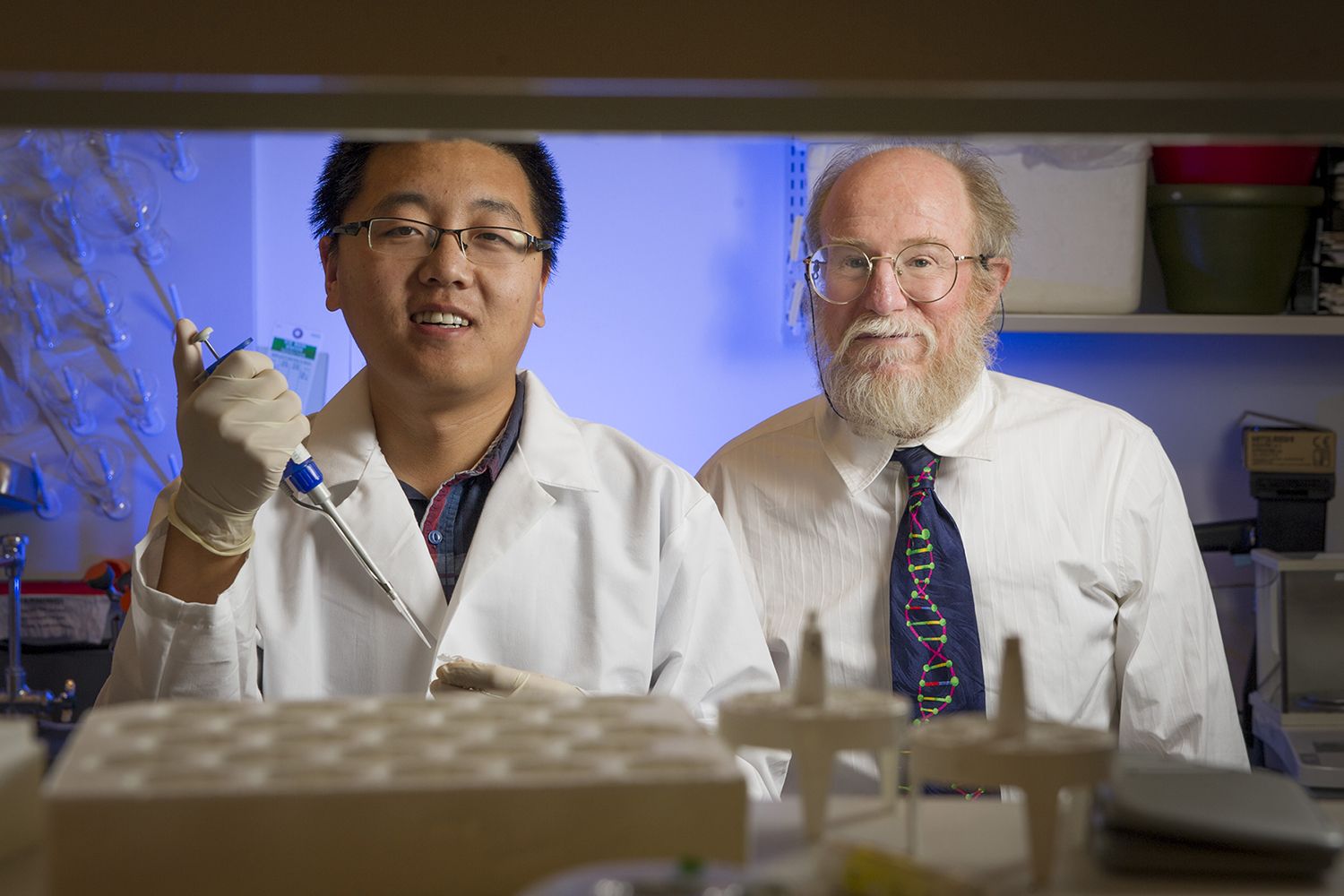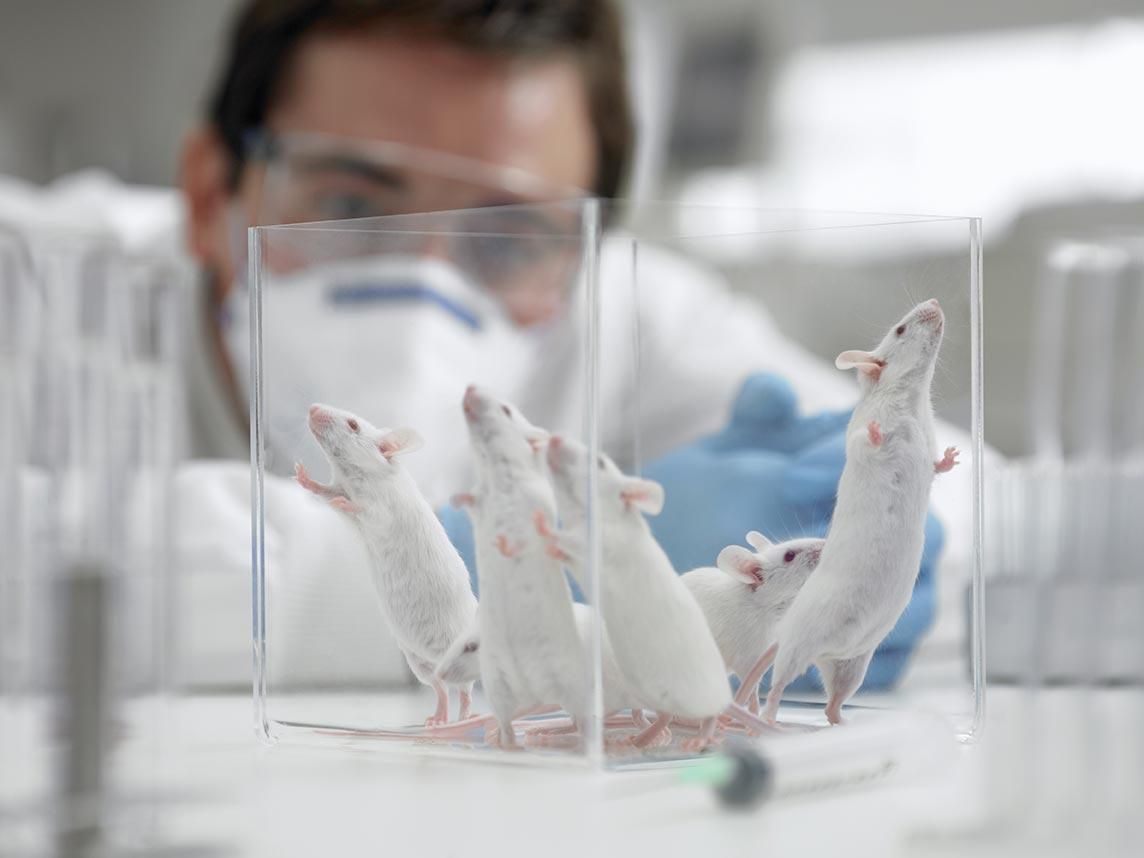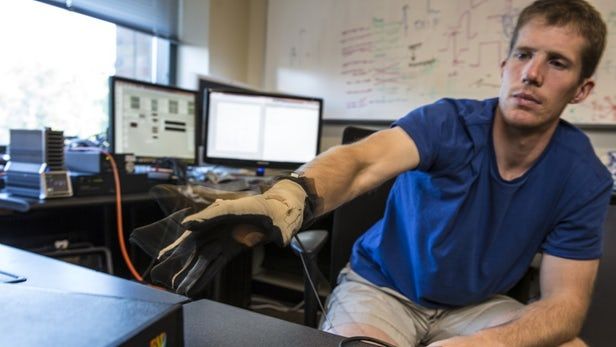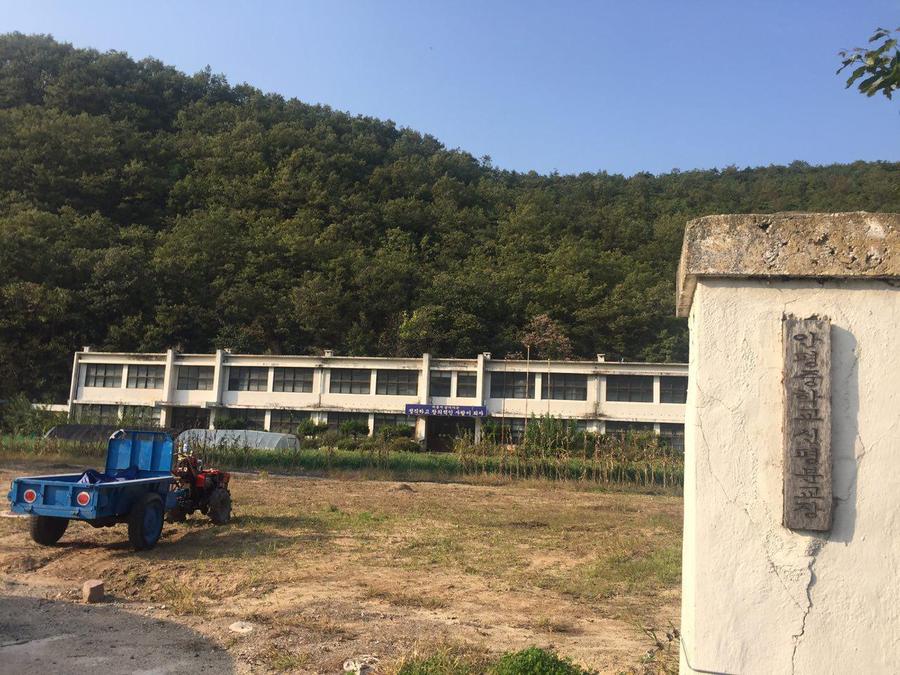Oct 28, 2016
Synthetic human genome project releases its draft timeline
Posted by Karen Hurst in category: biotech/medical
The research group behind an effort to synthesize a human genome this week released more information about its plans, including a draft white paper with a timeline of how the research might go.
It’s the latest step in the ambitious project, originally named “Human Genome Project-Write,” which came to light after a May meeting to discuss the building of large genomes from off-the-shelf parts.
Within a year, the international group will select one small-scale research project to kick off the effort, and start a “major effort to engage with representative members of the public,” according to the draft road map. By year five, it will “shift into high gear” and start tackling the creation of entire genomes — maybe human or maybe not, depending on feedback.

















